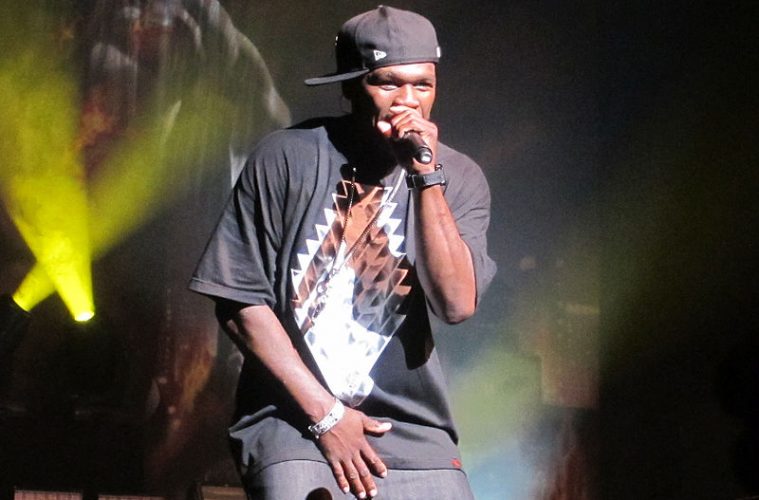There has been a raft of musicians and bands making mega-money from their back catalogs and mementos representing their early careers in recent years. Interestingly, though, the majority of these artists are rockers who were selling out stadiums or enjoying their glory days back in the 60s and 70s: think Stevie Nicks, Bruce Springsteen, Bob Dylan, Sting, and Neil Young.
There’s a noticeable scarcity of rappers and hip-hop stars on this new profit-making scene, despite these types of music being both the more popular genres right now and, arguably, more representative of the times in which we live. We explore below some of the reasons that rap artists are missing out on some truly eye-watering sums of cash and whether this situation is likely to change anytime soon.
A Proven Vintage
An important reason that rappers seemingly aren’t as able to cash in on the potential of selling off their early work or songbooks is simply down to age-proved credentials. Rap and hip-hop is a much newer genre, only coming to prominence in the 1980s and 90s; businesses and individuals looking for a solid investment will no doubt appreciate the fact that the ‘classic’ rock canon features songs that often have thirty or forty additional years on their younger rap cousins; these tracks, therefore, have a proven track record – they’ve graduated to standards, and are seen as much safer bet as a result. They’re already tried and tested hit (and money) making machines.
When looking for a ‘steady state’ of earnings, many investors aren’t convinced that the majority of rap songs have achieved this status yet.
Licensing Issues
Monetizing rap tracks is notoriously tricky, too, as the licenses and copyrights are usually held by many different artists and/or songwriters, who have all had a hand in creating the song. The frequent use of sampling in rap tracks complicates things even further.
In terms of prominence, with the availability of either more easily licensed music or copyright free music, rap music has also lost out on this score, which may have affected its ability to effectively find a secure ‘place’ in the marketplace as compared with vintage boomer rockers, whose tracks are much more usable, commercially. This brings us on to…
Commercial Palatability
Finally, there may be issues of commercial palatability at play: that is, some of the earlier rap music – tracks by artists such as Tupac and Public Enemy, for example – are harder to make money from in terms of licensing; the themes of and bad language present in a significant proportion of this genre, from this time, make its suitability for use in advertising often very problematic.
In recent years, however, the hip hop and rap genres have, broadly, shifted into what’s considered more ‘commercial’ territory, and this is likely to be reflected in money made from its licensing, as well as its appeal as an investment proposition, over the coming years.
How Things Are Changing
Even though rap and hip-hop have a streaming market share of around thirty percent (which is roughly double that enjoyed by vintage rock acts), the artists working in this genre have not yet been well represented in the music gold rush of recent times.
However, Goldman Sachs’ experts have suggested that investors have misread market signals; while it’s true that Spotify music streaming consists predominantly of ‘catalog’ songs (i.e., tracks that aren’t new releases), the vast majority of these songs were released post-2020; just twelve percent of streamed catalog songs date from before 1980.
Investment advisers have also suggested that although the idea that boomer rock artists and their back catalog are a safe bet, this supposition is based on out-of-date figures. Value is calculated based on previous cash flow generated by a particular track – and if this vintage track was getting a lot of airplay back in the 1970s and 1980s, then this could be skewing the figures wildly. In essence, choosing to back vintage rock standards over newer rap music may not, in fact, be the safe investment it seems.
The Future
Things are looking brighter for rappers, as well as other artists that have not been, to date, well represented in investment and licensing revenue-generating opportunities. Warner Music recently signed a partnership deal with BlackRock, creating a fund of $750 million to buy music from ‘female and diverse artists.’
Private equity firm Apollo has also staked its claim: the company joined forces with former Morgan Stanley banker Sherrese Clarke Soares and paid a substantial sum to purchase the songbook of Luis Fonsi, the artist behind mega-hit Despacito. Soares has a $1 billion budget that she’s committed to using to become ‘a prolific buyer of black and brown music.’
And finally, as the years pass, many rap songs are beginning to achieve the status of classics, and the extent of their influence and the richness of their cultural capital is being increasingly appreciated. As this process continues, it’s likely – and to be hoped – that the field will level, and rap music will generate similar levels of profit as its rock relatives.

